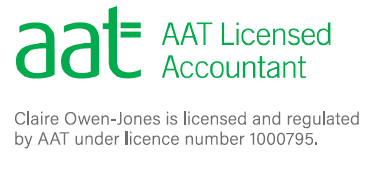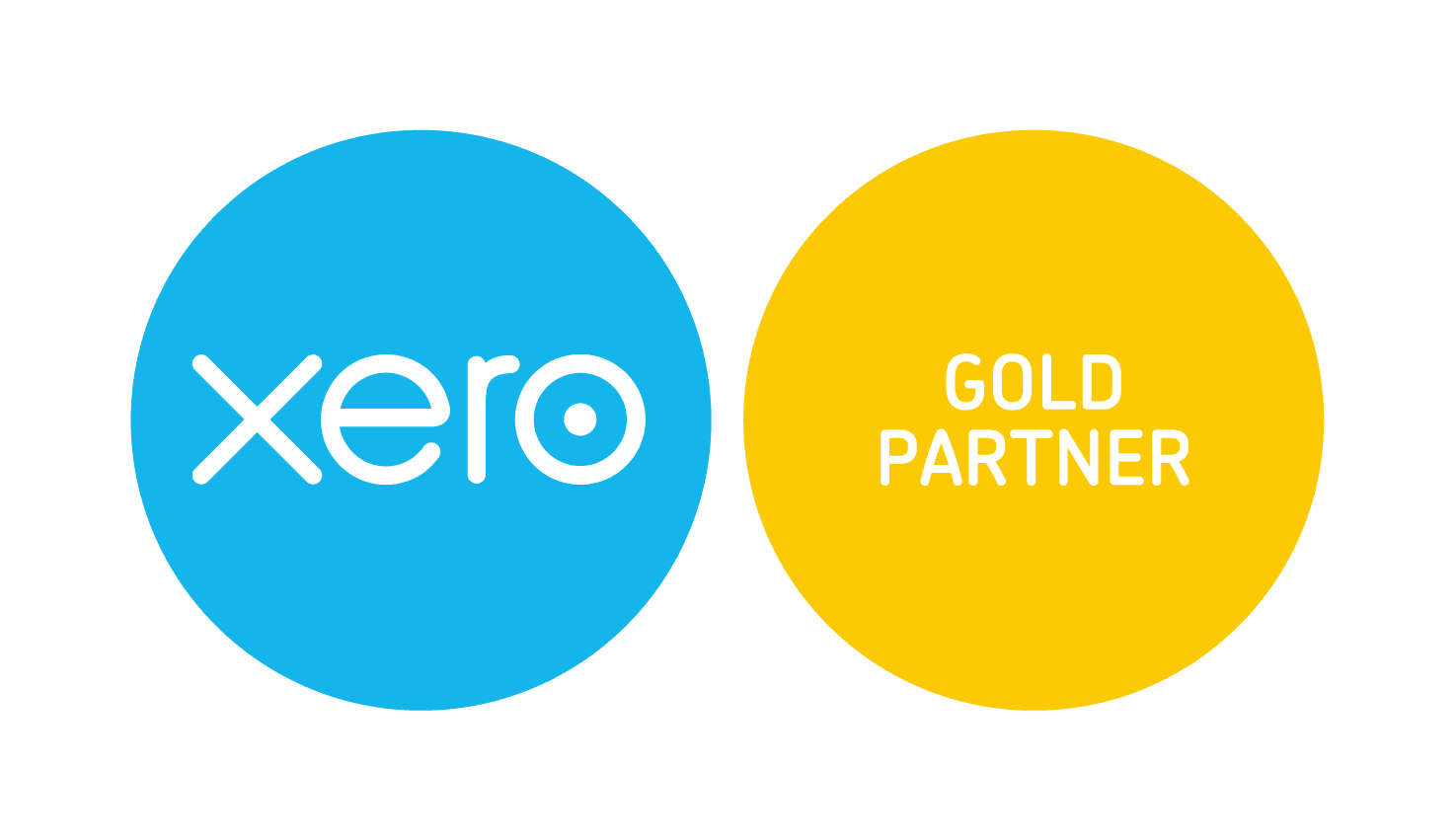Podcast transcription with introduction removed
Can you backdate any of your business activity?
Is it easy to switch from being self-employed to a limited company and vice versa, and can you back date those transactions?
Let’s start with the second part of that question, can you back date. Well, the simple answer to that is no. As I mentioned in the very first episode, when you’re self-employed, your business is you and you are your business, but there’s no separation, whereas if you trade through a limited company, what happened when you incorporated that company, so when it was set up, you created a separate legal entity to yourself. That kind of means that any business activity that limited company has doesn’t belong to you, it has to pass through what I describe as a bit of a funnel, I suppose, before it reaches you. For that reason, if your limited company has been trading, you can’t then suddenly go, oh, that trade didn’t belong to the limited company, it actually belonged to me, and vice versa. You can’t trade yourself, self-employed, and then go, oh, actually, those transactions belonged to a limited company.
For starters, the limited company would have needed to exist, but again it’s because of that separation, you can’t move things across. I get asked this most of the time once the first year of trading has been completed, and it’s normally driven by tax, so if you had a limited company and say your profits came in at ten thousand, if you’d been self-employed, there would have been a minimal amount of national insurance to pay on that. If you trade through a limited company, there would be corporation tax to pay on it at 19 per cent. We jump from a difference of a couple of hundred pounds national insurance to nearly two thousand pounds in corporation tax, and that’s when a lot of people maybe panic and start thinking about back dating.
As you know that that option’s not on the table, it is worth really spending the time when you are starting your business to think about what you plan on achieving, whether that’s doing a rough cashflow, even just an estimate based upon a finger in the air daily rate, or how many products you expect to sell, to give yourself an idea of where you might end up at the year end, so you don’t get any surprise tax bills.
Is it easy to switch?
The next question is how easy is it to switch. The first part of that is closing down whatever one you’re currently doing, so if you’re self-employed, you will need to close that down in order to move over to a limited company, and if you’re a limited company and you then want to trade self-employed, you will need to close down that limited company as well. Both of those are reasonably simple to do. If you’re self-employed, it will just be a case of on your next self-assessment, you would tell HMRC the date that the self-employment ceased, and that will close your record off with HMRC.
If you trade through a limited company, in terms of closing that down, if it’s just you, there’s no debts, no large pieces of equipment, you can just apply to have the company struck off, obviously once you’ve paid the taxes on that. If there’s more debts, you might have to go down a liquidation route, but each one, relatively easy, it’s a case of closing down your current one and then moving it across.
From your customers’ point of view, you will need to let them know that there’s been a change in the legal entity, and so if you have ongoing contracts, ongoing retainers, you will need to get them to sign new ones, because they are either no longer working with you, they’re working with a limited company, or equally they’re no longer working with a limited company, they are working with you. That can be a little bit of an admin faff. It may even, if you’re midway through a contract, delay when you are able to make that switch, so you may need to work a couple of months to end the contract before a new one is able to be signed.
From your expenses’ point of view, if you have a limited company, obviously you’ll be closing down that limited company account. If you are self-employed, you will need to be opening up a limited company account, so it can be a bit of admin in terms of updating bank details. If you’ve got things like insurances, then you will need to end your current insurance policy and then restart a new one, either in obviously the new limited company name or in your name personally. What you don’t want to do is keep the business that you’ve now closed down insured and now have your current one insured.
Neither one, whether it’s customers or expenses is overly complicated to do, it’s just kind of recognising that the legal entity is changing one way or another, and new contracts and policies and things like that need to be in place.
How to I deal with the tax?
The next thing is the tax. I kind of touched upon this one in my first point, but if you’re closing down your self-assessment, you will pay the tax on your self-employment profits in the tax return that relates to that tax year that you’re closing that business down. If you’re closing down a limited company, you will need to let HMRC know, and any corporation tax will need to be paid. Even if you’re just striking off a company, if it’s had sort of minimal activity and it’s easier to walk away from, HMRC will expect a final tax return to be sent, so the tax will need to be rounded off.
What do I do with any loans or large pieces of equipment?
Now, one bit that can be a bit of a sticky point is if you have loans and/or if you have large pieces of equipment, because if you have any loans, then the loans will belong to your current business and not your new one. If you’re closing down a limited company to become self-employed, you can’t just take that loan with you. You will need to look at what the conditions were of the loan, so if the loan was guaranteed by yourself, it may actually follow you, but if it doesn’t, you may need to go through the process of having your limited company officially liquidated.
If the loans belong to you as a self-employed person and you’re now moving over to a limited company, then obviously the debts belong to you, so the limited company cannot pay those debts for you, so be aware, if you need your trading activity to maintain those monthly repayments, those monthly repayments will need to come through your income, whether that’s salary or dividends, you can’t just transfer the direct debit and have the limited company pay a personal debt off for you.
The same with equipment, your new company or your new business will need to purchase those from your old company or business, so if it’s laptops, iPads, smaller things, probably not necessarily worth doing or having too much of a value, but definitely larger items, you would need to look at that sort of transferring over of the assets.
Is there a good time to switch?
To round this episode off, is there a good time to switch either way? Now, when I say time, obviously I mean in terms of dates. Sometimes people like to keep it to a tax year, so you might make the decision, I’m recording this now in May, you might kind of go, okay, I’m in the current tax year, I will just wait until end of March next year, round off the year, then start afresh. Next tax year, I’m going to be either a limited company or self-employed. That can make it easier to have only one type of income in a year, but you do not have to. You can switch whenever you want to.
If you go back to the second episode that I have in this podcast series where I go through the three things that you need to consider when you’re making a decision of whether to be self-employed or limited, if one of those suddenly switches, so for example, if you go over or under the point where a limited company becomes tax efficient, you can switch at that point. If your client suddenly say that they need you to be a limited company, switch to being a limited company at that point, don’t run the risk of not getting any income because you want to wait until the end of the tax year to do so.







